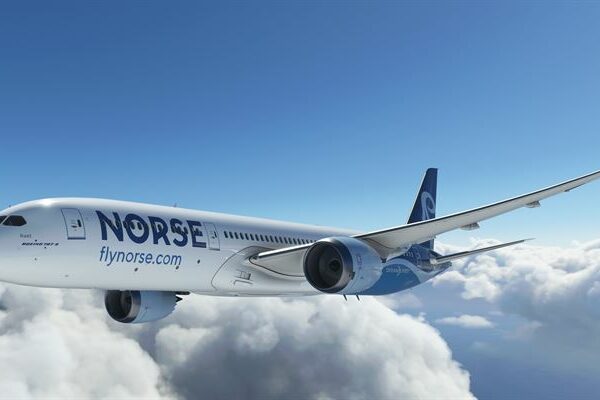The relatively small number of low-fare airlines in the Middle East and African region means there is plenty of room for strong aviation growth, according to the boss of Air Arabia.
Adel Ali, group chief executive officer for the United Arab Emirates-based low-cost carrier, knows what he is talking about – he launched the Sharjah-headquartered airline in 2003 with an investment of US$13 million, with the company today valued at $4 billion and the largest LCC operator in the region.
Ali, speaking on Day 2 of the Aviation Africa summit and exhibition in Cairo, Egypt, pointed out to the audience that Europe (with a population of 508 million) has 62 LCCs. In the Middle East and African region, with a population of 420 million, there are currently just 14 LCCs. “The MEA region has a lot to gain from opening up air travel. We have a great opportunity here.”
He also added that the greatest opportunities for growth lie close to home, in underserved regional markets across the Middle East, Africa and Asia. “There is a population of two billion people located within four hours flying time from the region,” said Ali.
Air Arabia has now flown more than 75 million people since beginning operations 15 years ago, with a one-make fleet of Airbus A320s flying to 140 destinations, and is one of the most profitable LCCs. It has six A321neos on order, which are due to start being delivered as of early next year.
$119 billion of airport investment
Ali went on to highlight the growth rate of Middle East and African aviation, with the region’s passengers to represent 11% of the global air transport market by 2034 and growing at double the global average rate.
Airports in the region are aiming to cater for 400 million passengers by 2020, he added, investing around $119 billion to achieve this. But he urged the development of more, smaller airports, saying “You cannot bring the whole world to one city.” He highlighted the example of India, which in the early 2000s only had five airports that could be flown into, whereas today it has 32 “and they are all doing well. We fly to 13 airports in India alone.”
Another panellist alongside him was Ahmed Ali, CEO of Egyptian carrier Nile Air. Asked by an audience member how many airlines Africa should have, he commented: “The market will find out what the right number is.” He added that at present, the African market was “highly fragmented.”
Nile Air was launched in 2006 and flew its first flight in 2011 – just a few days after Egypt’s revolution. Despite those challenges, today the airline is growing from its base at Cairo International Airport. “Those early days were challenging,” he said, “but in order to succeed, you must have a clear vision.”
The carrier, which also operates from a secondary hub at Borg El Arab Airport to a total of 22 destinations, is Egypt’s largest private airline and operates a fleet of seven Airbus A320s and A321s with more A321neos on order.







